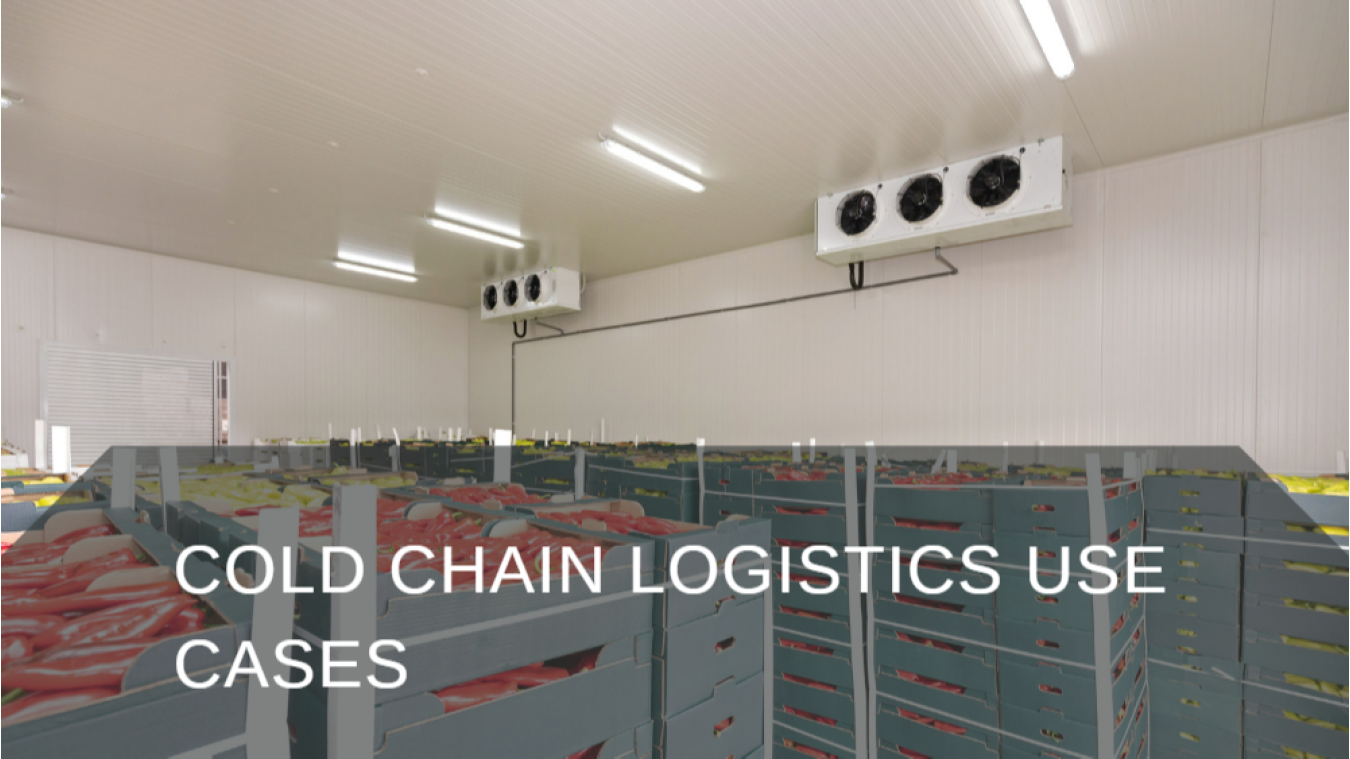
Multiple industries, including agriculture, manufacturing, and healthcare, strongly rely on cold chain logistics to safely store and transport perishables. Today, the need for such services keeps increasing due to changing consumer demand, trends like "from farm to fork,” and the necessity for new drugs and vaccines.
Storing and transporting perishable food products is the oldest and most obvious cold chain use case, originating centuries ago to avoid rot or mold. We all know from our middle school (and our own experience) that the quality of certain food categories degrades with time because of natural chemical reactions – reactions that can be slowed down with lower temperatures.
There are several categories of food that require different thermal conditions.
Banana. Tropical fruits like bananas or pineapples undergo controlled ripening as they are transported, so they need a stable range of 12° to 14°C (53° to 57°F).
Chill. Most vegetables, fruits, dairy products, and meat must be refrigerated around 2° to 4°C (35° to 39°F).
Frozen. Meats, bread, cakes, and most other products that need freezing require temperatures between -10° and -20°C (14° to -4°F).
Deep-frozen. Seafood, ice cream, and some other items must be deep-frozen or stay between -25° to -30°C (-13° to -22°F).
Comparing the two, active containers seem pricey at first, but they often turn out to offer more cost savings than traditional passive ones. They are reusable, take less space, require less handling, don’t need cooling material replacing, provide better guaranteed temperature control, and can be shipped with other cargo or as LTL freight (which is cheaper than hiring dedicated reefers).
In addition, active containers include a monitoring device that provides an opportunity to track shipments and related activities. Next blog let’s look deeper into which technologies make it possible.
Thank you information and photos from AMA Cold Chain Logistics Solution